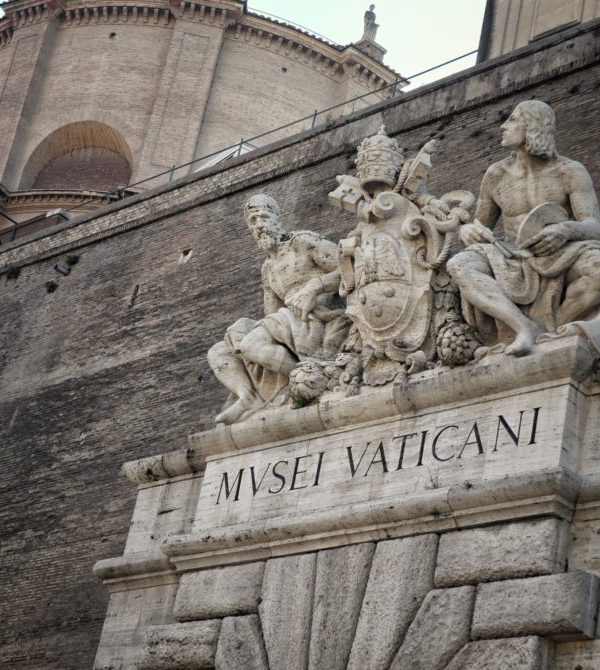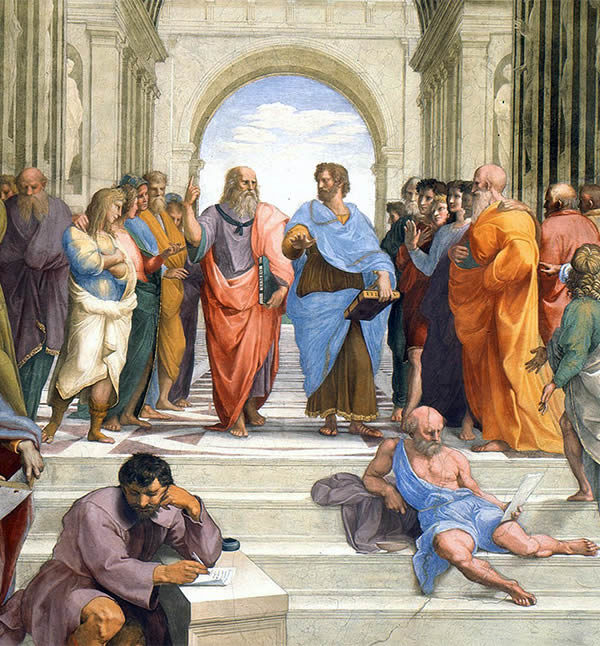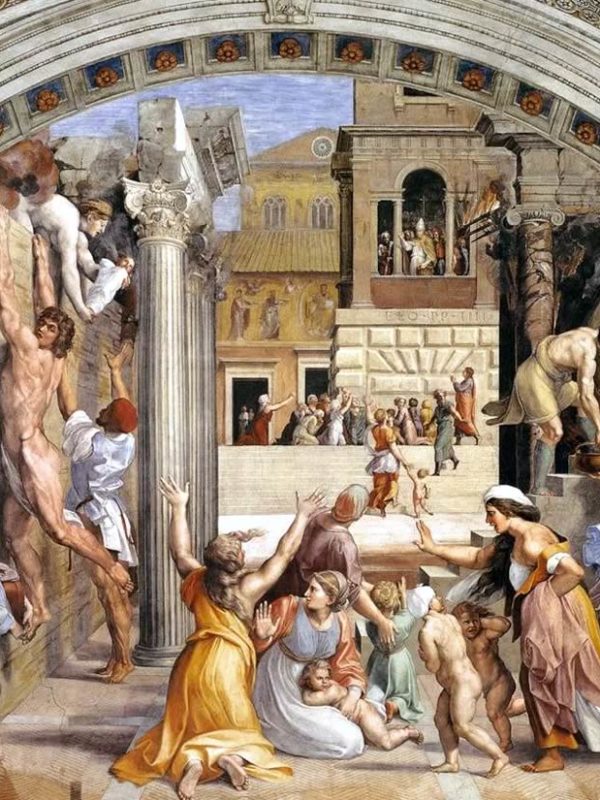St. Peter’s Square is the symbol of the Vatican City, it was built by Bernini between 1656 and 1667 under Pope Alexander VII (1655-1667), it is composed of two parts: a first trapezoidal space, delimited by two closed and converging straight arms that flank the churchyard, and a second elliptical-shaped space , between the two hemicycles of the quadruple colonnade, because, as Bernini himself said, “being the church of San Pietro almost the matrix of all the others, it had to have a portico that precisely showed that it received maternally open arms Catholics to confirm them in belief, the Heretics to reunite them in the Church and the Infidels to illuminate them in true faith”.
The original Berninian project provided for a third porticoed arm as the closing element of the St. Peter’s Square, but the death of Alexander VII caused the interruption of the works and the third arm was the only part of the project not to be realized. This solution, which was supposed to close the entire complex and separate the ellipse from the Borgo district creating the surprise effect on the pilgrim who entered the square, was partially recovered from the surrounding urban fabric, the so-called “Spina di Borgo”, that “closed” the square.
In 1950, with the opening of via della Conciliazione in place of Spina di Borgo, a new, wide access road to the Vatican Basilica was built which enhances the majestic view of the St Peter’s Dome, but which has profoundly altered the original project Bernini.
The measurements of the St. Peter’s Square are extraordinary: it is 320 meters deep with a central diameter of 240 meters and is surrounded by 4 rows of 284 columns and 88 pillars. The balustrade above the columns is crowned by 140 statues of saints, 3.20 meters high, made around 1670 by pupils of Bernini. On the sides of the obelisk, moved to the center of the square by Domenico Fontana in 1585, the two large fountains by Bernini (1675) and Maderno (1614). Below, at the foot of the staircase, the statues of St Peter and St Paul seem to welcome the faithful.
Of great interest is the Scala Regia, which connects the square to the Vatican Palaces, considered by Bernini himself “… the least bad thing he had done”. Built between 1662 and 1666, it appears to be much longer than about 60 real meters, thanks to some perspective measures such as the progressive narrowing of the width and the decrease in the distance between the columns towards the bottom.



